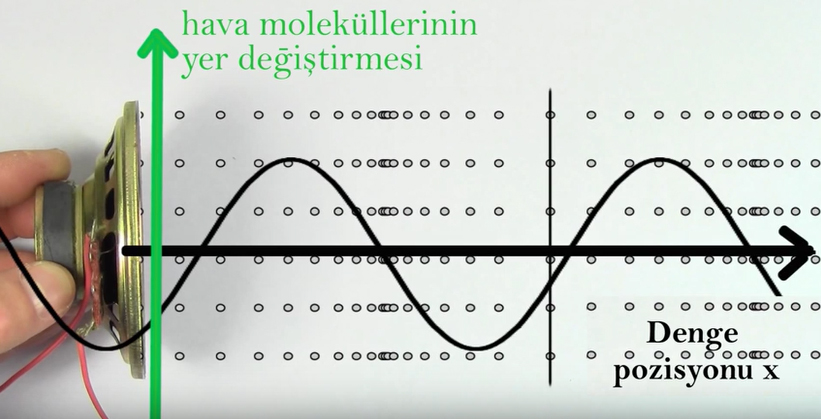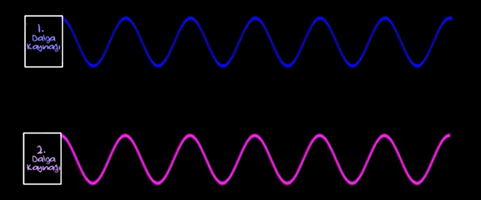Constructive And Destructive Effect
CONSTRUCTIVE AND DESTRUCTIVE WAVES

There is not always one sound source in the environment where the sound occurs. In an environment where there is more than one sound source, interaction occurs. Before evaluating the results of this interaction, while talking about the transfer of energy (so, sound) between molecules and to long distances; This transmission is very sensitive. There should be order and balance when transmitting sound. If the order is broken, the sound begins to weaken and the structure of the waves is distorted. The affectivity of energy decreases (entropy).
Given the transfer of this energy, sounds interact when there is more than one sound (energy source) in an environment. Sound sources should work in harmony with each other. If the sources are not controlled, negative effects such as resonance and sound damping may occur.
Constructive and destructive waves come to the fore when waves affect each other.
CONSTRUCTIVE AND DESTRUCTIVE WAVES

Two equivalent wave sources

Destructive interference: two waves destroying each other

Constructive interference; Two waves reinforce each other

Phase difference occurrence due to the positioning of two wave sources with the same properties.
Wavelength, frequency and positioning of more than one wave source is of great importance in order to create constructive interaction. Destructive interference can occur when waves of different frequencies and wavelengths are combined. As in the picture above, a phase difference has occurred even though the waves have equivalent properties. It is very important to position the horns correctly and to run them in the correct periods.
